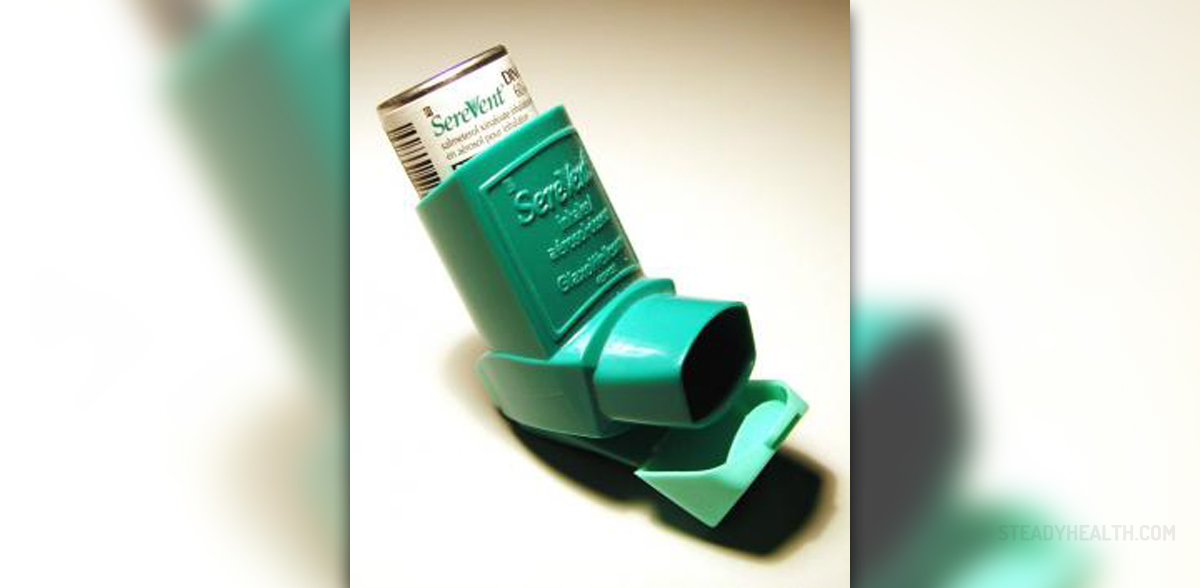
Asthma is a potentially chronic medical condition that affects the airways of the lungs, to be more precise bronchi of the lungs. The disease appears with inflammation of the mucous membrane of the previously mentioned lung structures and accumulation of thick mucus. The disease is usually diagnosed during childhood. It affects both genders, predominantly boys. Even though people who get asthma usually suffer from the condition during their entire life span there are cases in which children who get asthma actually "grow out" of the condition as they get older. If the symptoms of the disease are moderate and severe the condition will most definitely reoccur.
Pathophisiology and Triggers of Asthma in Children
The bronchi in children suffering from asthma are much more sensitive than healthy children and easily become inflamed once they are exposed to certain irritants. The most common triggers of asthma in children are pollen, house dust mites, animal fur and tobacco smoke. The symptoms also aggravate during chest and other infections and may be induced by exposure to cold air.
Once the bronchi become irritated the mucous membrane gets inflamed, the airways narrow and the muscles inside the bronchi tighten. What follows is excessive production of sticky mucus which additionally interferes in normal breathing. There are evident breathing difficulties accompanied by wheezing and coughing and the child may complain about tightness in the chest.
It is not clear why bronchi react so intensively to certain triggers. Scientists believe that a combination of genetic factors and environmental factors are responsible for the occurrence of the disease. The disease commonly runs in families. So if the parents or one of the parents is suffering from asthma the child is more susceptible to the condition. Environmental factors (air pollutants and allergens) increase the chance of getting the disease in children with genetic predisposition.
Treating Asthma in Children
Even though there is no cure for asthma there is a variety of treatment modalities that can successfully alleviate the symptoms and sings of the disease and prevent asthma attacks. It is essential for a child to take prescribed medications during the attack and if he/ she is exposed to allergens and other triggers. The best way is to prevent exposure to triggers. Still this is not always possible. And finally, the doctor should decide whether children suffering from asthma are capable of strenuous physical activities. In case that the symptoms are induced by exercises and they tend to become worse during any kind of physical exercise the children are not supposed to participate in certain physical activities.


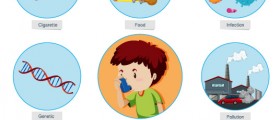



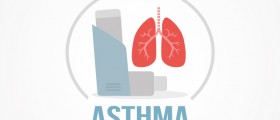



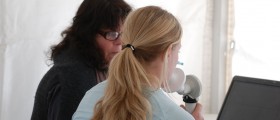

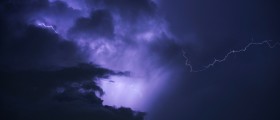
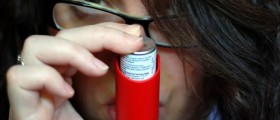
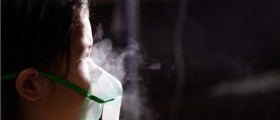
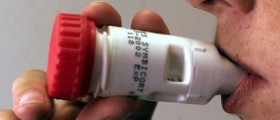

Your thoughts on this
Loading...